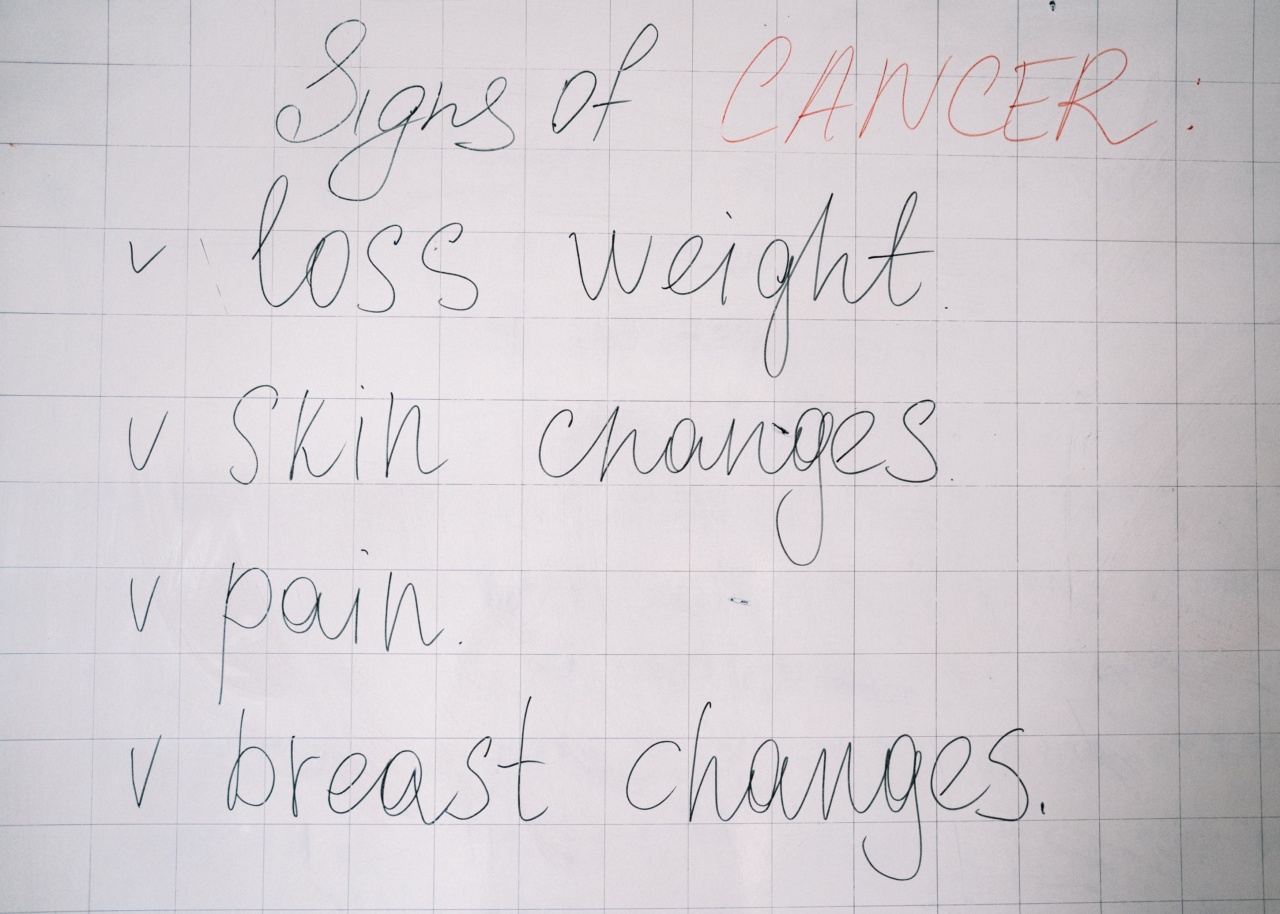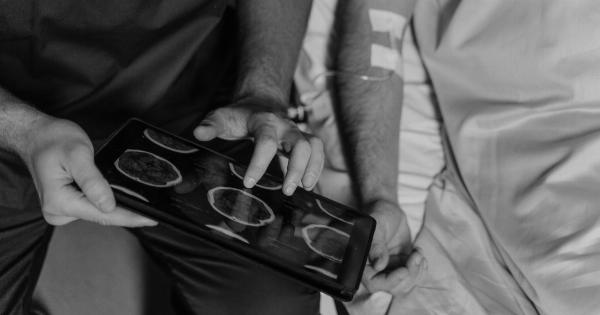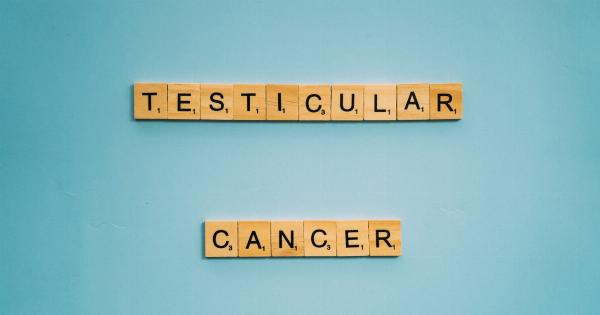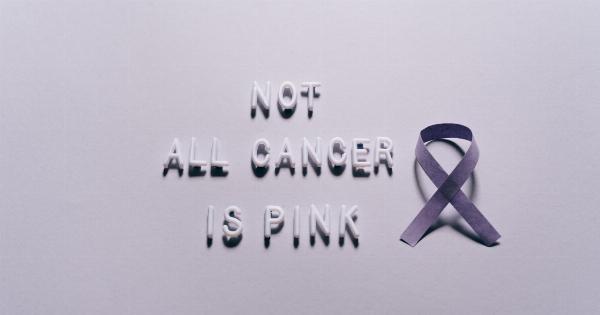Testicular cancer occurs when abnormal cells in the testicles begin to grow uncontrollably. It is the most common cancer in males aged 15-35 years, and it is highly treatable, especially when detected early.
However, it is vital to understand the symptoms and risk factors of testicular cancer to detect it early and get the appropriate treatment.
Risk Factors for Testicular Cancer
While anyone can get testicular cancer, certain factors increase the risk of developing it:.
- Age: Testicular cancer occurs mostly in young and middle-aged men, with 50% of the cases occurring in men between 20-34 years.
- Family history: If a close family member has had testicular cancer, you’re more likely to develop it.
- An undescended testicle: A testicle that fails to descend from the abdomen into the scrotum is at higher risk of developing cancer.
- Congenital abnormalities: Certain birth defects, such as Klinefelter syndrome, increase the risk of testicular cancer.
The Two Common Symptoms of Testicular Cancer
Testicular cancer symptoms may vary from person to person. Some men may not experience any symptoms, while others may notice one or more of the following:.
1. A lump or swelling
An unusual lump or swelling in one testicle is the most common symptom of testicular cancer. The lump may be painless or cause discomfort. Often, the lump is pea-sized or larger and feels hard or firm to the touch.
The swelling may also involve the entire testicle or part of it, making it look enlarged or misshapen.
2. Pain or discomfort
Pain or discomfort in the testicles or scrotum is another symptom of testicular cancer. The pain may come and go or be persistent. It may also be accompanied by a feeling of heaviness or a dull ache in the lower abdomen or groin.
However, not all testicular pain or discomfort is necessarily a sign of cancer, as it can also result from other conditions such as infection or injury.
When to See a Doctor
If you notice any of the above symptoms, you should see a doctor promptly, especially if the symptoms last more than two weeks. Early detection of testicular cancer increases the chances of successful treatment and recovery.
Conclusion
Testicular cancer is a highly treatable cancer, but early detection is crucial. Knowing the risk factors and symptoms of testicular cancer can help you recognize warning signs early and get timely medical attention.
If you notice any unusual lumps, swelling, pain, or discomfort in your testicles or scrotum, see your doctor right away.


























